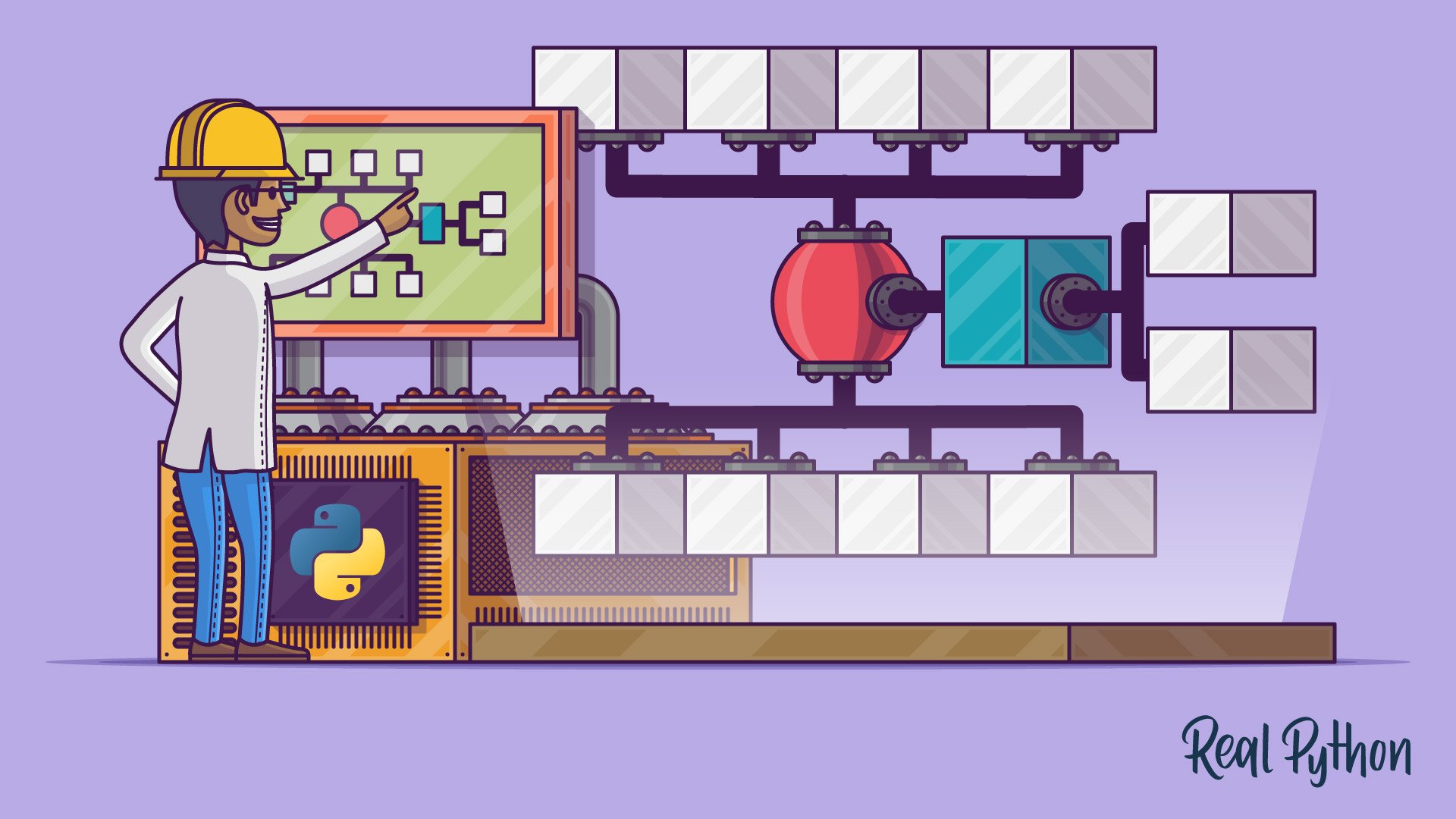There are a variety of ways of storing and managing data in your Python programs, and the choice of the right data structure will affect the readability of your code, ease of writing, and performance. Python has a wide variety of built-in mechanisms that meet most of your data structure needs.
This course introduces you to two types of data structures: dictionaries and arrays. There are multiple types and classes for both of these data structures and this course discusses them and provides information on how to choose the ideal one.
In this course you’ll learn about:
- What are the advantages of using the built-in
dicttype - What are four other types of dictionaries
- How
listandtupletypes are arrays - What are typed arrays and how can they save memory
- How strings are arrays and what that implies
- What are the different arrays for storing binary data
- What are the practical uses for the different types
- How to select the ideal data structure for your programs
This course is the first part of an ongoing series, exploring how to find the right Data Structure for your projects. The second course is Records and Sets: Selecting the Ideal Data Structure and the third part is Stacks and Queues: Selecting the Ideal Data Structure.
What’s Included:
- 9 Lessons
- Video Subtitles and Full Transcripts
- 2 Downloadable Resources
- Accompanying Text-Based Tutorial
- Q&A With Python Experts: Ask a Question
- Certificate of Completion
Downloadable Resources:








